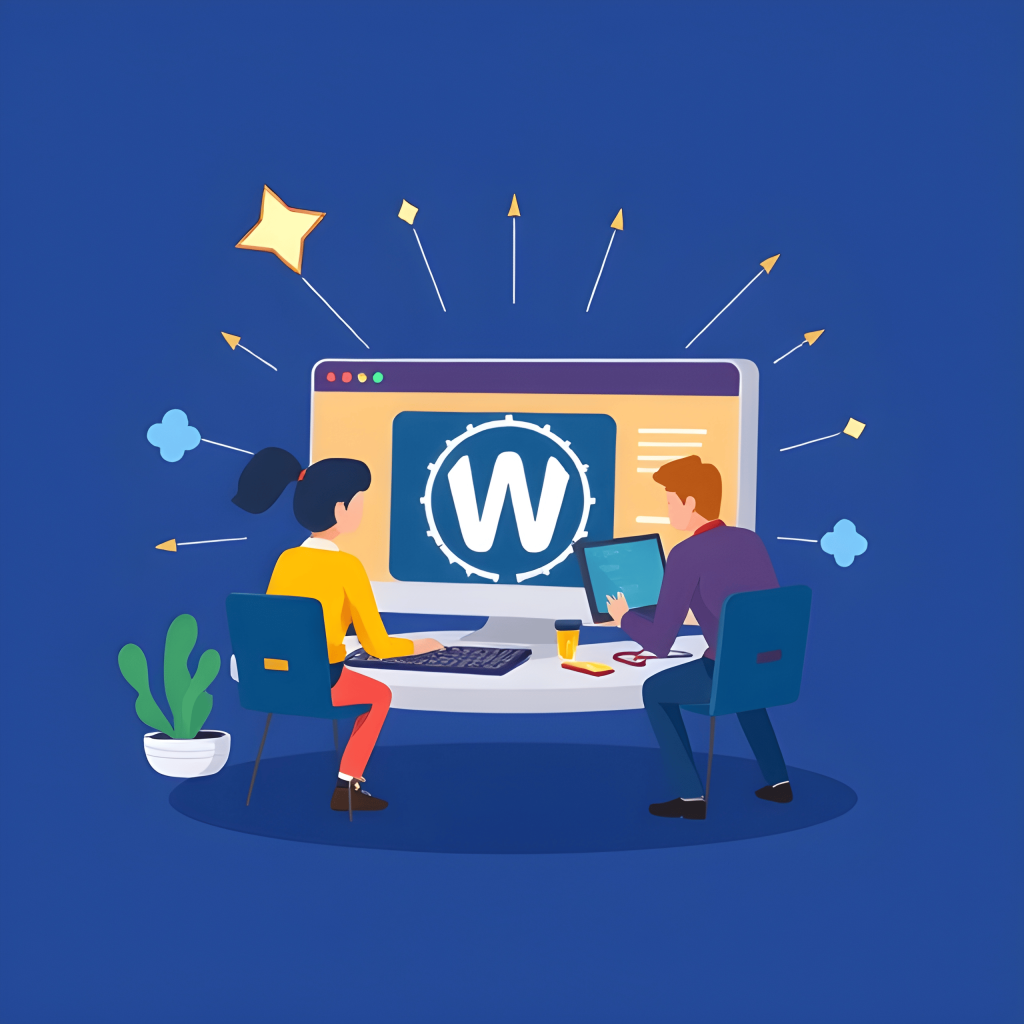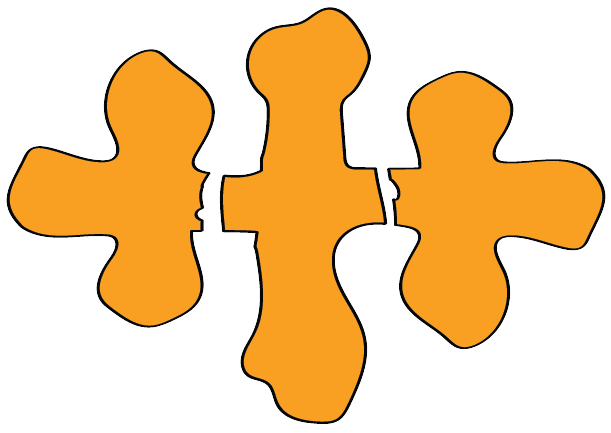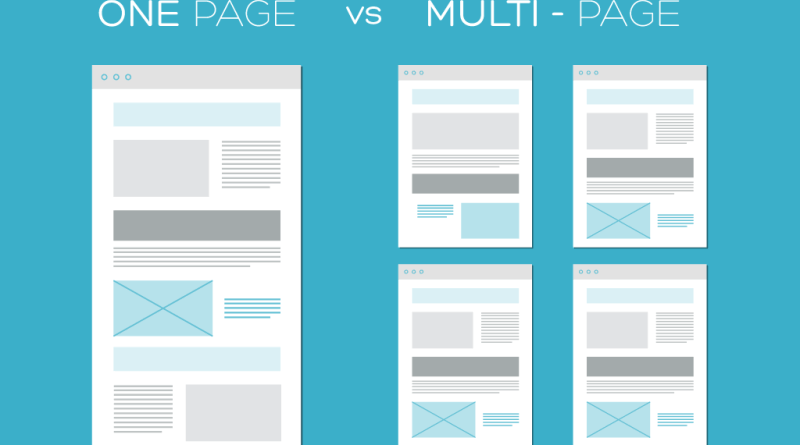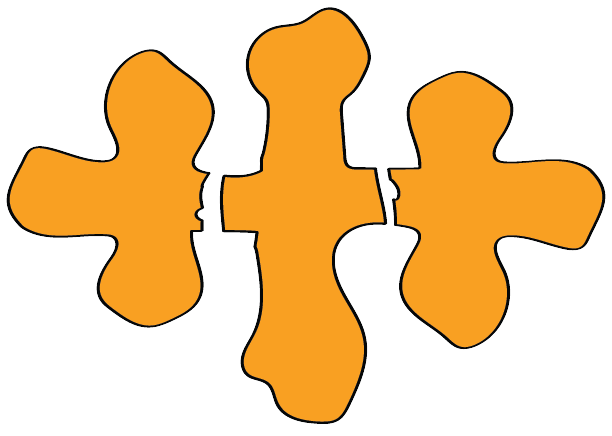Hello everyone, I’m Samir Magar. In this blog, I’ll talk about single-page websites and multi-page websites. Websites have severely grown over time and with that growth, there have been many different ways for businesses to format their website. Among all the websites over time single and multi-paged websites have been the most popular options. Both of these website designs serve almost completely different purposes, and finding out which one is best for you depends on many factors such as target audience, company brand, and website purpose. In my blog, I want to elaborate on the similarities and differences between these two designs and their impact of them, Impacts such as user experience (UX), search engine optimization (SEO), performance, maintenance, and use cases. By the end of this read, you will have a clearer understanding of these two designs and how to apply them based on your goal.
SEO (Search Engine Optimization)

Firstly before we talk about how SEO varies between these two formats let’s define what SEO is. SEO or search engine optimization Is defined as “The process of improving the quality and quantity of website traffic to a website or a web page from search engines.” This definition alone tells you that SEO is really different in these two designs, let me elaborate. In single-page websites you primarily want to base your keywords (SEO) on your website however with a limited number of keywords you can’t fully describe all the content in a single-page website, which can lead to search engines ranking the website lower, additionally having all your content in a single-page can also make it harder for crawlers to read the page. On the other hand, Multi-page websites allow you to customize keywords for each of your pages which increases your overall SEO, additionally, this website design also lets you explain the website’s purpose more in-depthly which can also help get you rank higher in the search engines. One downside about this though is that having keywords on each page of your website requires you to update the website more frequently, so your keywords in each page are up to date with the content and the trends.
User Experience (UX)

Before we describe how user experience varies between these two designs let’s describe what user experience is, google defines user experience as “the process of creating products and services that are easy and enjoyable to use”.Now let’s look at the differences in user experience between single and multi-page websites. Single-page websites are a lot simpler than multi-page websites as they offer all content on the same page, easy navigation, and high responsiveness. This design encourages users to scroll through one long page instead of going through multiple pages to find the information they need. This design is optimal for small businesses and game websites as it typically focuses on visuals. Moving forward, Multi-page websites also offer great user experiences, but unlike the single-page design, they primarily focus on structured websites. Multi-page websites are usually websites used by large organizations as they are able to host a lot of information.
Pros & Cons
| Single page websites | Multi page websites | |
| Pros | Simple Navigation | Better SEO (metadata, keywords, etc) |
| Easy Responsiveness | Can handle a lot of content | |
| Easier to build | Ideal for large content volumes | |
| Cons | Takes longer to load | Requires more maintenance |
| Limited SEO (metadata, keywords, etc) | Slower loading times | |
| Limited content | Harder to navigate |
Performance

In website building one of the key factors that go into the design is performance, in web design performance is how well a website functions in terms of many factors such as loading speed, responsiveness, and overall performance. Single- and multi-page website designs differ in performance. Single-page websites load a lot more quickly than multi-page websites, this happens because single-page websites usually have less overall content and they also render all the content just once since there’s only one page, single-page sites are also easier to adjust for responsiveness because they have less navigation complexity and less pages to work with. On the other hand, Multi-page websites usually have longer loading speeds, especially on the pages where they have a lot of images, this happens because of their structure which requires them to request multiple pages, one solution for this issue I could think of is decreasing high-resolution image use/compressing images so they load faster.
Maintenance

In terms of maintenance I’m just going to lay it flat, single-page websites are a lot easier to manage. The reason single-page websites are a lot easier to manage than multi-page websites is because of many factors, some factors from the top of my head are fewer pages, less content, and easier layout. Since single-page websites only have one page you need to edit/update a lot less. Additionally, single-page websites also tend to have less content as they don’t have space for a lot of content like multi-page websites last but not least, for websites to have a good design there needs to be a pattern this is why a lot of single-page websites have a standard layout they follow which they repeat, so when maintaining the website you won’t need to change a lot of content. Moving forward, though Multi-page needs more maintenance so they can keep up with SEO, trends, and company updates they offer easier methods for adding/removing content on their site. Since multi-page websites have more pages they can add more content without worrying about space which makes it a little easier to maintain.
Compare Use Cases
- Single-page Websites – This design is optimal for small indie businesses, portfolio sites, and other simple pages such as event pages.
- Multi-Page websites – This design is best suited for larger businesses, e-commerce platforms, and websites that have a lot of content.
Conclusion
To conclude everything that has been stated in this blog, both single and multi-page websites are great website designs but they both serve completely different purposes meaning they excel in different areas. Single-page websites are more user friendly, responsive, and require less maintenance making them perfect for websites that require less content such as portfolio websites. On the other hand, Multi-page websites offer better SEO potential, more content space, and more scalability. These traits make them perfect for websites that require more content space such as big business and e-commerce platforms.




